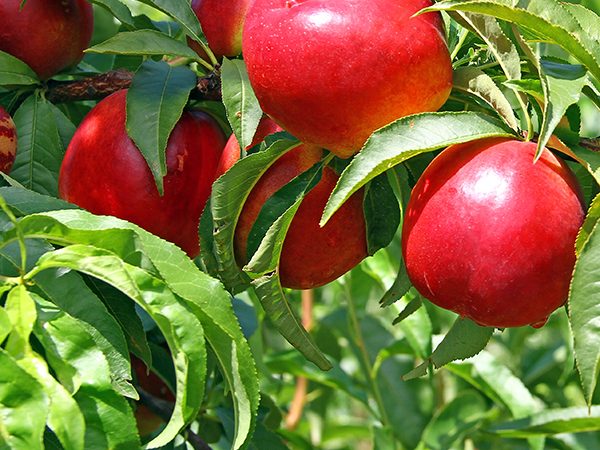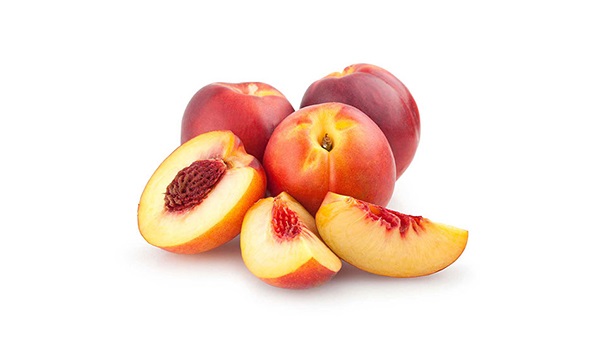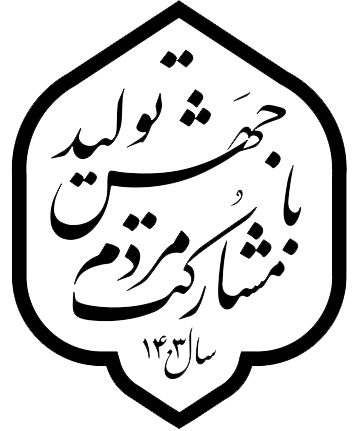
Historical Background:
Nectarine, smooth-skinned peach of the family Rosaceae that is grown throughout the warmer temperate regions of both the Northern and Southern hemispheres.
The major crop areas in the world are circuits 25 to 45 degrees north and south of the Earth.
In high latitudes, minimum winter temperatures and spring frosts are two limiting factors and in low latitudes, cold requirement is the most important limiting factor that has an adverse effect on sleeping time, flowering and fruit production needs.
A suitable place for planting shalil should have mild winters and warm summers. In order to prevent frostbite in the lowlands we should not build nectarine gardens. Suitable soil for nectarine trees are light, or sandy with good drainage.
Major Producer Provinces:
Mazandaran (24%), Alborz (18%), Ardabil (10%), West Azerbaijan (8%), Tehran (7%), Hamadan (6%), Qazvin (4%), Kurdistan (4%) And Golestan (3%) are the major producers of nectarine in the country
Target countries of export markets:
Iraq, Turkmenistan, United Arab Emirates, Qatar, Afghanistan, India, Turkey, Kuwait, Bahrain, and Russia

Production Rate:
Production of nectarine fruit in the country is about 323 thousand tons.
Area under cultivation:
According to the Census of the Ministry of Jihad-Agriculture of the year 2017, the area under cultivation of nectarine orchards in the country was 27.4 thousand hectares, 81% of which was cultivated by fertile trees and 19% by non-fertile trees. Out of 27.4 thousand hectares, 99.3% of it is irrigated and the rest is dryland.
Global Production Rank:
Iran ranks fifth in terms of production of nectarine, after China, Spain, Italy and the United States, in the world.
Export Rate:
According to Iranian customs statistics in 2018, peach and nectarine exports amounted to 15565 tons worth $ 9306,000.




